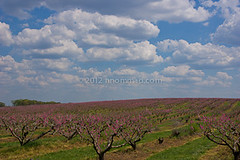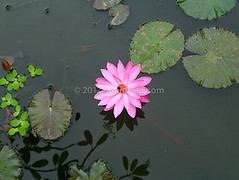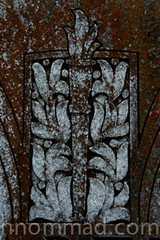Cemeteries range from small, simple church yards with little adornments to well-manicured & perfectly symmetrical national military sites to elaborately outfitted and whimsically-designed Victorian affairs. In Macon, GA, the city’s historic Riverside Cemetery is an example of an elaborate affair where life is meant to be enjoyed. The 125-acre park on the banks of the Ocmulgee River is the ideal setting for a walking tour of Macon’s history and even a peaceful picnic under the shade of a large tree.
Home to nearly 18,000 residents – 77 of whom are buried standing up – the grounds of Riverside Cemetery were designed by Calvert Vaux, architect of New York City’s Central Park. The private cemetery was established in 1887 and was intended to be a place full of life as opposed to the more common burying grounds of 19th-Century America. The cemetery is designed as a park, with gardens, rolling hills, and magnificent views. The monuments, markers, and mausoleums throughout are architectural & design masterpieces that provide context and information for visitors.
At the main gatehouse, an original half-timber structure, maps may be obtained and cars parked; the grounds are best explored on foot. An extraordinary tale is that of Hugh Smalling (#69, 1919-1943). Smalling was a World War II hero who died when the U.S.S. Nausett was struck by enemy fire off the coast of Italy. His brother dreamed of the ship’s sinking that night and woke his fellow soldiers in the German countryside by screaming, “Swim, Hugh, swim.” Smalling’s body was never found.
Areas of special interest include Babyland, which was established in the 1950s, and Educators’ Row, where many professors and college presidents are buried. Other affiliated groups are represented as well, commonly by special symbols or architectural elements; the markers of the 76 Woodmen of the World buried here are unmistakable for their tree trunk-like form.
A number of structures dot the cemetery and occupy prominent places on its grounds. The Macon Public Mausoleum is the largest with 300 crypts. It sits at one of the highest points in the park and is often home to special events and activities. Near the Ocmulgee River sits Pine Fort, a Confederate redoubt during the Civil War and place where troops once waited for General Sherman on his famous “March to the Sea.”
Riverside Cemetery’s landscaping includes many specimens of trees and flowers, many of which are unique to Middle Georgia. The giant arborvitaes planted throughout were once common features in cemeteries since their name means “trees of life.” Trees from Central Park and places such as Newton, Massachusetts, were part of the landscaping scheme. Flowers such as rose, daffodil, and magnolia are a few of the many species planted here.
The cemetery is operated by a private, not-for-profit corporation. The non-profit Historic Riverside Cemetery Conservancy is the public relations and preservation arm of the cemetery. The grounds are open for public enjoyment year-round, and many events are held on its grounds. A unique night-time photography session, Full Moon Euphoria, is a popular spring activity as is the cemetery’s Spirits in October tour and activity series in the fall.
Across the United States, many cemeteries offer historic tours and events to connect residents and visitors to local history. To find information about a historic cemetery in your area, search for “historic cemetery (city name)” or the city’s visitor’s information bureau.











Leave a comment